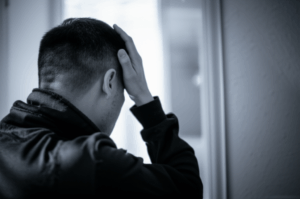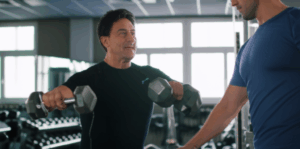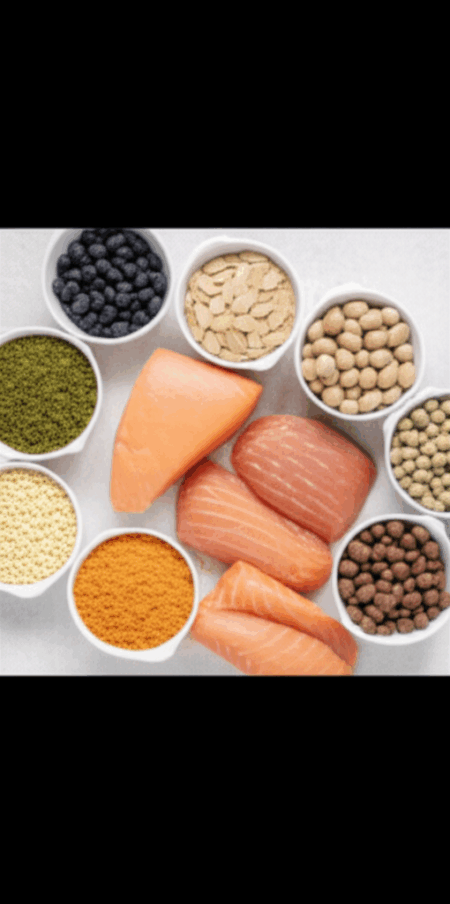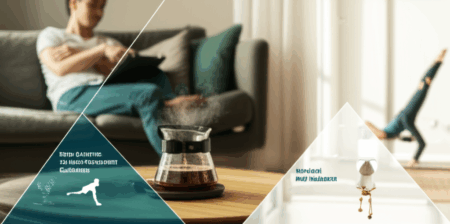Perimenopause, the transitional phase leading to menopause, is a natural biological process marked by significant hormonal fluctuations, primarily a decline in estrogen, progesterone, and testosterone. This period, which can begin as early as a woman’s mid-30s or as late as her mid-50s and last for several years, brings about a wide array of physical and emotional changes that can impact a woman’s overall well-being and her experience of physical activity. While the degree of physical slowdown varies significantly among individuals, experts concur that a notable impact on energy, muscle, bone, and joint health is common.
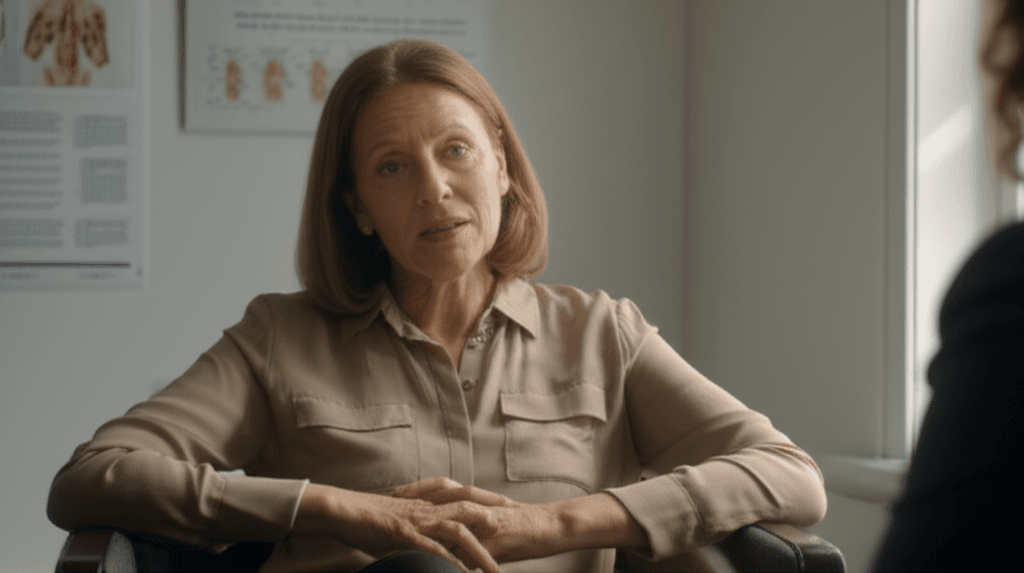
Key Areas of Physical Slowdown
The physical slowdown experienced during perimenopause is multifaceted, stemming from the direct and indirect effects of fluctuating hormone levels.
Fatigue and Reduced Energy Levels
One of the most pervasive physical symptoms reported during perimenopause is fatigue, which can range from persistent low energy to “crashing fatigue” – a sudden, overwhelming sense of exhaustion. This profound tiredness is often not alleviated by rest and can significantly interfere with daily tasks and overall quality of life.
- Hormonal Influence: The fluctuating and declining levels of estrogen, progesterone, and testosterone directly impact energy regulation, mood, and metabolism. Estrogen, in particular, plays a crucial role in metabolism and how the body converts food into energy.
- Sleep Disturbances: Hot flashes and night sweats are common perimenopausal symptoms that frequently disrupt sleep, leading to insomnia and poor sleep quality. Reduced estrogen and testosterone levels can also affect the quality and duration of sleep, creating a cycle where poor sleep exacerbates fatigue. Studies indicate that nearly 50% of perimenopausal women experience sleep disturbances, with 73% citing hot flashes and night sweats as primary culprits for daytime fatigue.
- Stress and Other Factors: Perimenopause often coincides with demanding life roles, increasing stress levels which can further deplete energy. Underlying medical conditions, including thyroid disorders and iron-deficiency anemia due to heavy or irregular bleeding, can also contribute to fatigue.
Musculoskeletal Changes: Joint Pain, Muscle Weakness, and Bone Loss
The decline in estrogen and testosterone has a direct impact on the musculoskeletal system, leading to symptoms such as joint pain, stiffness, muscle aches, and a reduction in muscle strength and bone density.
- Joint and Muscle Pain: Many women experience new or increased joint stiffness and pain during perimenopause, often affecting multiple joints. Estrogen plays a vital role in protecting joints and reducing inflammation, so its decline can lead to increased inflammation and discomfort, making free movement painful. Some women may even be misdiagnosed with fibromyalgia, when the pain is primarily hormonally driven. Muscle aches, cramps, and weakness are also prevalent as reduced estrogen levels can affect muscle mass and strength.
- Loss of Muscle Mass and Strength: Both estrogen and testosterone contribute to maintaining muscle mass and strength. As these hormones decline, women may find it harder to build and maintain muscle, leading to a decrease in overall strength and physical sluggishness. This can impact everyday activities and exercise performance.
- Bone Density Reduction: Estrogen is crucial for bone health and density. The decline in estrogen during perimenopause and menopause increases the risk of bone loss, leading to osteopenia and osteoporosis, which makes bones more fragile and susceptible to fractures. This reduction in bone density can further contribute to physical limitations and pain.
Impact on Physical Performance and Activity Levels
The combined effect of fatigue, joint pain, and muscle weakness can significantly affect a woman’s desire and ability to engage in physical activity. Experts note a tendency for physical activity to decline during perimenopause despite its significant potential to mitigate symptoms and health risks.
- Reduced Motivation and Performance: Women who have been consistent exercisers may suddenly feel unmotivated or find their performance decreasing. Hormonal fluctuations can impact cardiovascular health, affecting the efficiency of oxygen transport and utilization during aerobic activities.
- Weight Gain and Body Composition Changes: The shift in hormones slows metabolism, making weight gain common, particularly around the abdomen (visceral fat). Even without a change in scale weight, body composition can shift towards increased fat and decreased muscle mass, increasing metabolic risk.
- VO2 Max Decline: Beyond general aging, perimenopause contributes to a decline in VO2 max, a measure of how efficiently the body uses oxygen, further impacting endurance and aerobic fitness.

Managing Physical Slowdown in Perimenopause
While some degree of physical slowdown is common, experts emphasize that it is not inevitable or untreatable. Proactive strategies can help manage symptoms and maintain physical well-being.
- Regular Physical Activity: Engaging in regular physical activity is one of the most effective ways to manage perimenopausal symptoms and support a smoother transition. Exercise, including strength training, can counteract muscle loss, support bone health, improve sleep quality, reduce hot flashes, and boost mood. Even gentle movement can improve energy levels.
- Balanced Nutrition and Hydration: A nutrient-rich diet focusing on lean protein and complex carbohydrates, while avoiding simple sugars, can help maintain energy levels. Adequate hydration is also crucial, as reduced estrogen levels can affect the body’s ability to retain fluid, leading to dehydrated and stiff joints.
- Sleep Hygiene: Prioritizing good sleep hygiene and addressing sleep disturbances through various strategies is essential for fighting fatigue.
- Stress Management: Techniques such as yoga can help manage stress, which can contribute to fatigue and other perimenopausal symptoms.
- Hormone Replacement Therapy (HRT): For many women, HRT can effectively alleviate a wide range of perimenopausal symptoms, including hot flashes, night sweats, fatigue, and joint pain, by replacing fluctuating hormone levels. Some studies also suggest HRT can reduce joint pain and stiffness, and support bone health.
- Professional Guidance: Consulting a healthcare provider is crucial for personalized advice and to rule out other medical conditions that may be contributing to symptoms. They can discuss treatment options, including hormone therapy, and recommend appropriate lifestyle adjustments.
In conclusion, perimenopause often brings a noticeable physical slowdown, primarily due to fluctuating and declining hormone levels impacting energy, muscle, bone, and joint health. While this transition can be challenging, a proactive approach incorporating regular physical activity, healthy lifestyle habits, and appropriate medical guidance can significantly mitigate these effects and support overall well-being.

